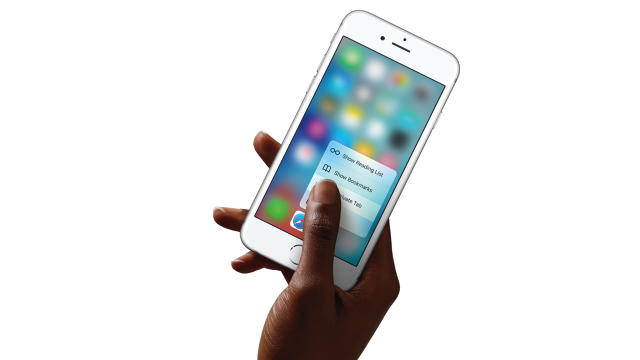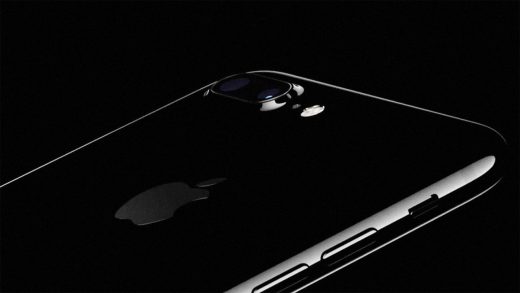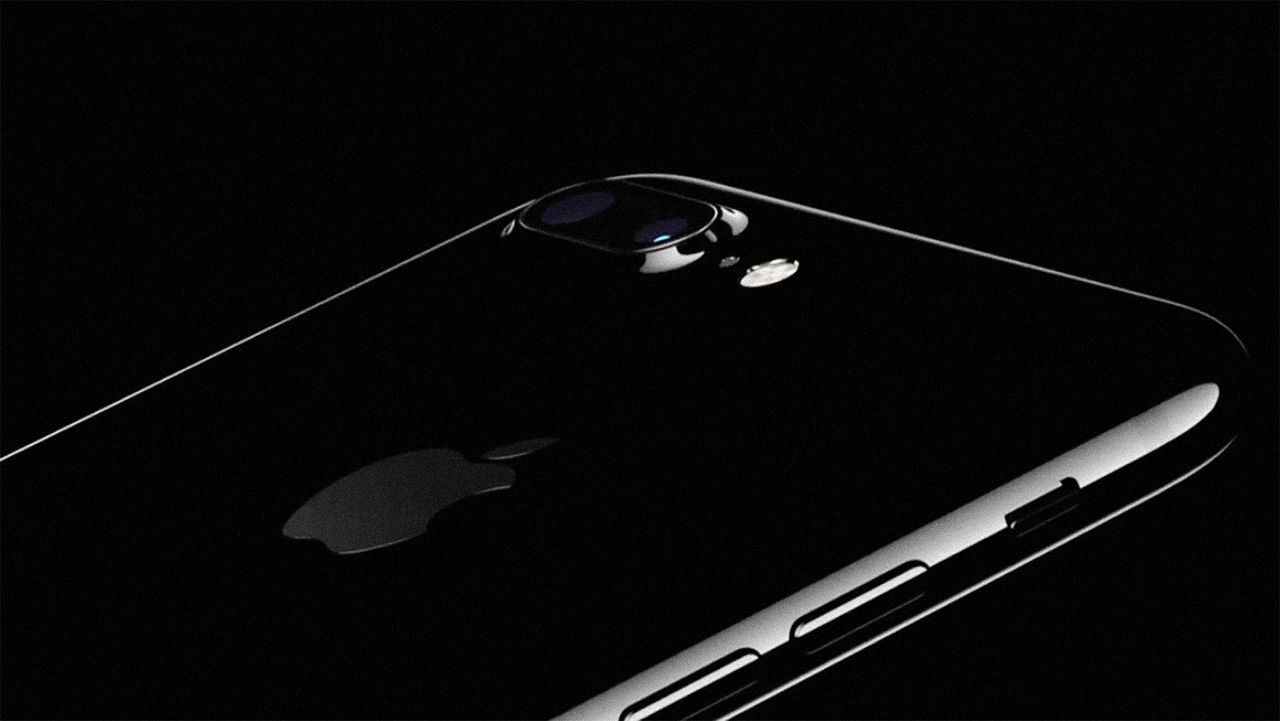Here’s What’s In The iPhone 7 (And What Isn’t)
Apple is set to launch two new iPhones this week—likely called the iPhone 7 and 7 Plus—and, if the leaks we’ve seen are correct, they’ll set the stage for a more serious refresh in the iPhone 8 next year, the 10th anniversary of the iPhone.
True, the iPhone 7 has a couple of legitimately signficant new features (new to the iPhone, anyway), but, unless there’s something big we don’t know, the iPhone 7 will look to many consumers like an incremental upgrade to the iPhone 6s. Just like the iPhone 6s was an incremental upgrade to the iPhone 6.
But the new features that will reinvent the iPhone (in the way that the iPhone 6 did, and huge sales followed), according to numerous leaks and my own supply chain sources, appear to be coming next year.

This Year’s iPhones
From the outside, the iPhone 7 and 7 Plus look very much like their predecessors, the iPhone 6s and the iPhone 6s Plus. The new phones use the same iPhone 6 design, the same materials, and have the same general look and feel. The smaller iPhone 7’s screen is 4.7 inches on the diagonal, while the Plus’s screen is 5.5 inches.
The new iPhones will differ, visually, in a couple of subtle ways from their predecessors. The gray antenna insulation lines occupy a less conspicuous place at the top and bottom of the phones. Reliable reports say the space-gray color of the iPhone 6 line will be replaced by “dark black” and “piano black” in the iPhone 7.
According to several leaked photos, the back of the larger iPhone 7 Plus is an oval housing for a new dual-lens camera. Dual-lens cameras often use two lenses—one color and one monochrome—to divide the labor of capturing accurate color and clear, crisp lines and contrast. The resulting photos appear sharper, even when you zoom in. The two lenses also work together to create less fuzzy shots in low light. However, trusted Apple analyst Ming-Chi Kuo of KGI Securities said in a Saturday research note that one of the lenses on the iPhone 7 Plus is “wide angle” while the other is “telephoto.” Both lenses are 12 megapixel, Kuo says.
The iPhone 7’s processor will be faster. (No surprise there: Processor upgrades come with every new iPhone generation.) One leaked report says the iPhone 7 processor is about 25% faster than the iPhone 6s’s already-very-fast A9 processor.
Kuo says in the research note that the iPhone 7 phones will come with storage capacities of 32, 128, and 256 gigabytes. The 16 GB and 64 GB sizes won’t be offered. The iPhone 7 Plus will offer 3 GB of RAM.

Apple is likely to push further with its 3D Touch technology, which allows users to convey different meanings to the phone based on how hard they push an object on the screen, or how hard they push down on the Home button. Don’t be surprised if Apple announces new partners that have added support for 3D Touch in their apps, and existing developers that have expanded the role of the technology in their apps. The iPhone 7’s Home button may let the user convey different pressure-based meanings to the interface, and (one report says) may replace the physical “click” with a haptic feedback buzz or tap-in response to a certain thumb pressure level.
The iPhone 7 may add a new waterproofing rating. It’s unlikely the device will support wireless charging, but it may add some kind of accelerated charging technology.
The biggest difference—as you’ve surely heard—is that this new generation of iPhones will very likely come without a 3.5 mm headphone jack on the bottom, a development Fast Company confirmed in early January. The space created on the bottom of the phone may be used for an additional stereo speaker. The phone will deliver audio to headphones, earphones, and speakers through the Lightning port or via Bluetooth. Recent reports have said Apple intends to include a pair of wireless “AirPod” earphones with at least some versions of the new phones. Earlier reports said the company will throw in a Lightning to 3.5 mm jack adaptor for those who want to continue using their analog headphones.
There’s been so much complaining about the headphone jack going away that the possible benefits of the move have been almost completely drowned out. Think about it like this. At some point the digital music files we play on our phones have to be converted to analog to be heard through a physical speaker. In phones with 3.5 mm headphone jacks, that conversion takes place inside the phone before being sent out the 3.5 mm jack and through the headphone wire. Sound quality degrades upstream, and the ability to digitally control the content is lost.
When the conversion to analog is delayed until further down the line at the playback device (i.e., wireless earphones, Lightning headset, Bluetooth speaker, etc.), the potential for retaining the sound quality through playback is increased. A digital connection allows the phone to send a larger digital file across to the headphones or headset at a faster bit rate, so the need to compress the music into smaller packets is much reduced. Some other nice features, like the ability to control playback (skipping songs, adjusting volume, etc.) by touching the headphones, or charging your headphones and listening to music through the same cable at the same time, may become possible. New noise cancellation technology could be enabled. Unfortunately, the ability of the music content owners to affix DRM (digital rights management) software to music files is also increased.
One third-party headphone maker, Bragi, announced its new wireless headphones, called, oddly, “The Headphone,” at an event in Cupertino Saturday, just a few days before Apple’s event.
One of the ways the new iPhone 7 may set the scene for next year’s iPhone 8 will be by getting everybody used to the absence of the 3.5 mm headphone jack. As with other Apple technology phaseouts, consumers will go along, adapt, and eventually appreciate the move. I’m guessing that by the time the 2017 iPhone shows up, nobody will miss the old 3.5 mm headphone jack.
Next Year’s iPhones
Next year’s iPhone 8 (as it may or may not be called) will look and feel very different from the current design regime, which began two years ago with the smash hit iPhone 6. Our supply chain sources say the iPhone 8 will have an all-glass enclosure, with a new AMOLED display likely supplied by Samsung, the only supplier who can make the displays at scale today. That display (using Corning’s Gorilla Glass) would likely curve at the edges, similar to the Samsung Galaxy S7 and Note 7.
Supply chain sources have told Fast Company that the Home button, as we know it, will be going away in the iPhone 8. It’ll be hidden below the glass at the spot of the phone it occupies now. How the new Home button will support the 3D Touch pressure-sensitive functions is yet to be seen. (The invisible button might use sensors to measure how hard the user is pressing down.)

If you want to get a good idea of what Apple is at least considering doing in the iPhone 8, just look at this year’s Samsung phones. Apart from the curved screen, some observers (KGI Securities analyst Ming-Chi Kuo, for one) are speculating that Apple could add the iris scanning biometric authentication method introduced in the Samsung Note 7.
Actually, some are speculating today that Apple might add a version of its Pencil stylus to a future iPhone. The discussion was started by some past comments alluding to the idea from Tim Cook. Apple has very likely been watching closely the consumer reaction to Samsung’s Note devices, which have always had a small stylus that slides into the body of the phone. And before the recall of the device announced last week, the Note 7 had exceeded even the popular S7 device in preorders, even having to turn some customers away.
The iPhone 8 device might also add wireless charging, as Samsung did long ago, if Apple feels the technology is useful—which seems questionable—as well as reliable and stable.
So the big question for Apple is whether or not the iPhone 7 offers enough to get significant enough pre-iPhone 6 users to upgrade. But many might decide to hold out for the iPhone 8 next year.
Tim Cook has expressed optimism about sales of the iPhone 7, based on the growing number of people who buy smartphones and the high number of Apple users who still haven’t upgraded past the iPhone 5 generation. I’m guessing that the sales of the iPhone 7 will follow closely the quarterly sales numbers seen for the iPhone 6s. That’s a lot of phones sold, but it would be considered a disappointment at Apple, and among investors.
And you never know. All the features of the iPhone 7 may not have leaked. It might be a far cooler device than what we’ve heard. That would change the whole equation. When the device is unveiled Wednesday and we see what it can do, we might hear Jobs-era oohs and aahs from the crowd. We might . . . nah. This, after all, is the cool and calculated era of Tim Cook. Of gradual improvements and steady, workmanlike iteration.
At any rate, we’ll be on hand to report all the action, and then talk about what it all means.
Fast Company , Read Full Story
(40)



